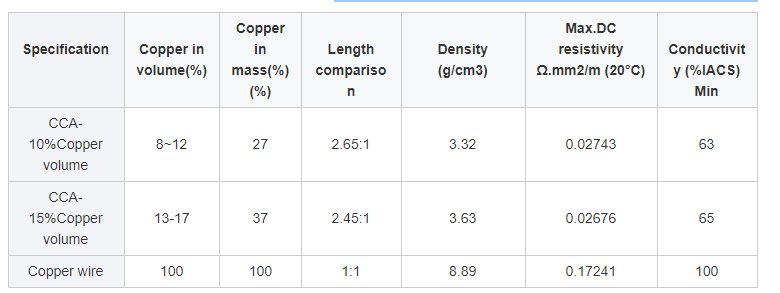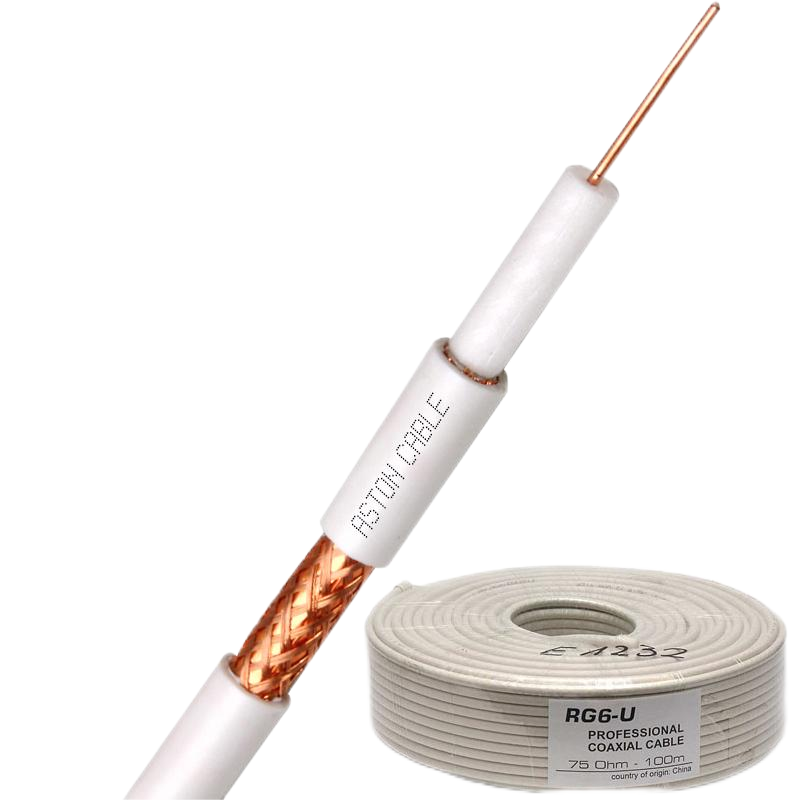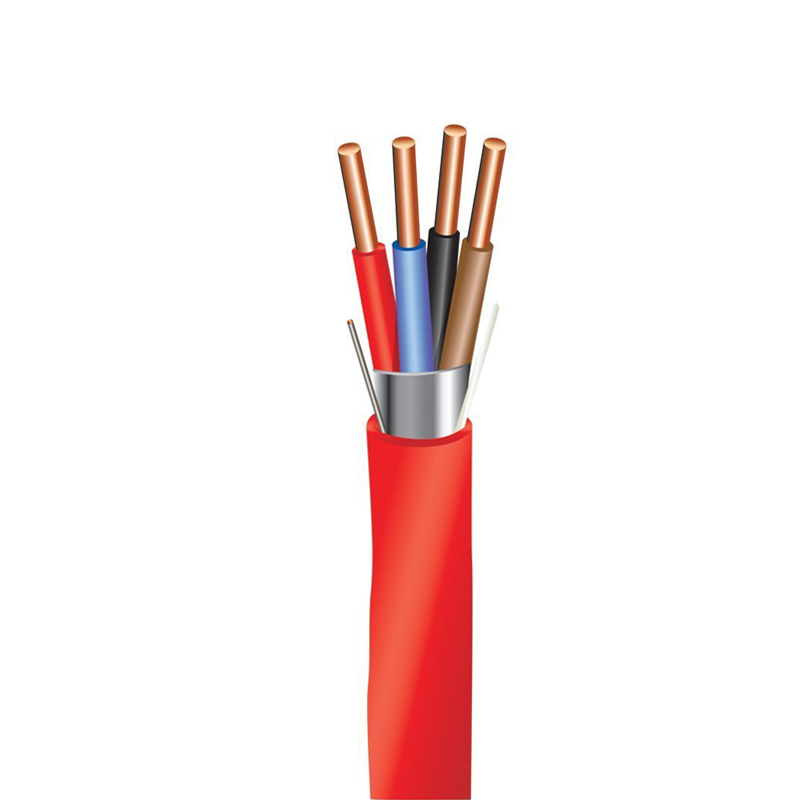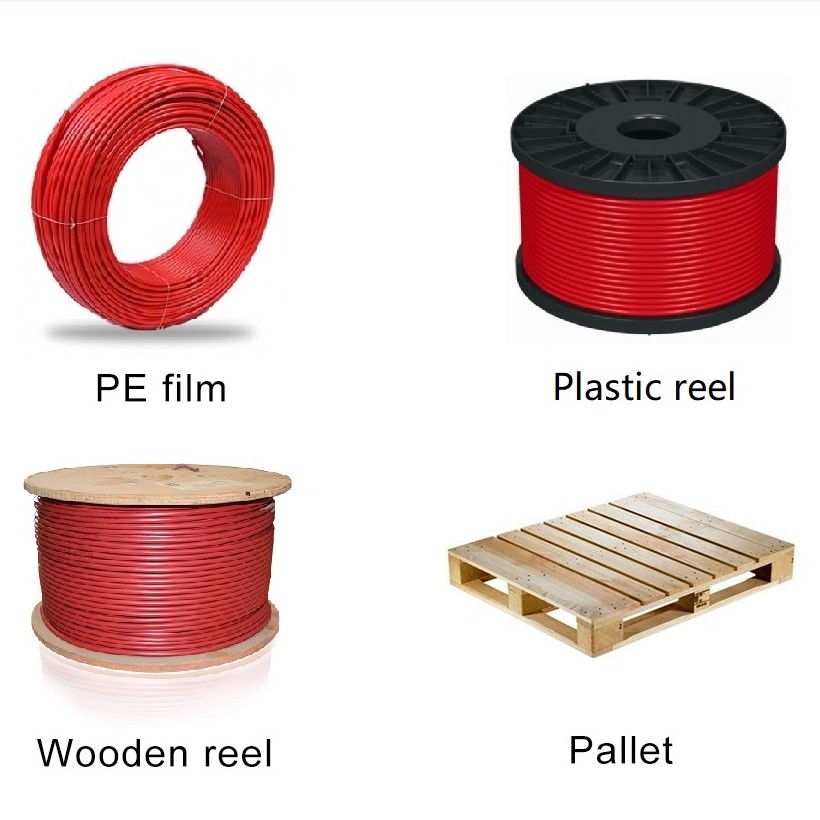| Product Parameters | 0.12mm-3.0mm CCA Wire |
|---|---|
| Color | Copper color |
| Packaging | Plastic drum |
| Usage | Cable conductor |
| Brand | ASTON or OEM |
| Certification | SGS CE ROHS ISO9001 |
| Specification | Conductor or braiding |
|---|---|
| Origin | Hangzhou Zhejiang |
Product Manufacturing Process
The manufacturing process of CCA wire involves a critical step of metallurgical bonding of a thin copper layer to the aluminum core. This process is rigorously controlled to ensure consistent conductivity and mechanical properties. Post-manufacturing tests are performed to validate the integrity and performance of the wire, ensuring it meets both internal standards and external certifications like ISO9001. Studies in metallurgical engineering highlight that while CCA offers a cost advantage, the copper-to-aluminum ratio is significant for maintaining desired conductivity levels.
Product Application Scenarios
CCA wire is predominantly used in scenarios where cost and weight are prioritized over maximum conductivity. Applications include CATV coaxial cables, 50 Ohm radio frequency aerials, and data cables. In power distribution, CCA wire is used in power and control cables. Further research in telecommunication journals affirms that CCA is ideal for environments with budget constraints and where lower current levels are acceptable.
Product After-Sales Service
- Comprehensive warranty coverage
- 24/7 customer support
- Installation guidance and technical support
Product Transportation
Products are packed in secure, export-grade packaging to ensure safe transport. Shipping options include sea freight, air freight, and express delivery with tracking services.
Product Advantages
- Cost-effective solution without sacrificing quality
- Lightweight, reducing transportation costs
- Acceptable conductivity for various applications
Product FAQ
- What is the main advantage of CCA wire over copper? CCA wire is generally more affordable, offering significant cost savings for projects where maximum conductivity is not critical.
- Can CCA wire replace copper in all applications? Not always, especially in scenarios requiring superior conductivity and compliance with stringent standards.
- What standards do CCA wires comply with? Our CCA wires comply with ISO9001, ISO14001, and are RoHS and CE certified.
- Is CCA wire durable? CCA is less durable than copper, especially under tensile stress, but suitable for applications with minimal physical demands.
- How does the weight of CCA compare to copper? CCA is significantly lighter, making it easier to handle and install.
- What are the disadvantages of CCA wire? Higher electrical resistance and potential oxidation if the copper layer is compromised.
- Is there a risk of corrosion with CCA wires? Yes, if the copper layer is damaged, the aluminum core may corrode.
- Which applications are ideal for CCA wire? CCA is ideal for audio/video equipment, speaker wires, and telecommunications where lighter weight is beneficial.
- Can CCA wire be used outdoors? It's best used indoors unless specifically coated for outdoor use to prevent oxidation.
- Why choose Aston Cable as your supplier? Aston Cable offers high-quality CCA and copper wires with a focus on customer satisfaction and compliance with global standards.
Product Hot Topics
- Impact of CCA Wire in Telecommunications
The use of CCA wire in telecommunications has revolutionized cost structures for network installations. Suppliers find it a sustainable alternative to copper, especially in areas with budget constraints. While CCA's conductivity isn't on par with pure copper, its affordability has made it a popular choice among suppliers, enabling wider network access and infrastructure development in underdeveloped regions.
- Why Suppliers Prefer CCA Wire for Budget Projects
Suppliers point out that CCA wires are a strategic choice for budget-limited projects, aligning with financial constraints without sacrificing essential functionality. In scenarios where premium conductivity isn't mandatory, CCA offers a viable path, allowing projects to maintain financial feasibility while achieving operational goals.
- CCA vs Copper Wire: A Supplier's Perspective
From a supplier's perspective, the discussion around CCA vs copper wire often centers on balancing cost and performance. While copper remains the industry standard for high-performance needs, CCA's cost-effectiveness opens doors to wider applications, encouraging suppliers to broaden their offerings and meet diverse client demands.
- Environmental Benefits of CCA Wire
Environmental studies suggest that CCA wires offer a greener alternative by reducing copper mining demands. Suppliers advocate for CCA, citing reduced environmental impact from aluminum production. This aligns with global sustainability goals, promoting CCA as a responsible choice.
- Technical Challenges with CCA Wire Usage
Technical journals often debate the challenges of using CCA wire compared to copper, focusing on resistance and durability. Suppliers must navigate these challenges, ensuring that their product offerings are suitable for intended use and backed by comprehensive support and warranties.
- Advancements in CCA Wire Manufacturing
Recent advancements in manufacturing technologies have enhanced the performance of CCA wires. Suppliers invest in continuous research and development to optimize the copper-aluminum layering process, aiming to improve conductivity and strength, thereby expanding CCA's application scope.
- Supplier Insights on CCA Wire Market Trends
Market reports from suppliers highlight an increasing demand for CCA wire, driven by its economic advantages. As global markets evolve, suppliers are adapting to shifts in consumer preferences, emphasizing CCA's role in bridging gaps in cost-sensitive applications.
- Substituting Copper with CCA Wire: Pros and Cons
Suppliers weigh the pros and cons of substituting copper with CCA wire, considering factors like material costs, installation logistics, and compliance standards. While CCA offers material benefits, suppliers caution against blanket substitutions without considering specific project requirements.
- Customer Preferences: CCA vs Copper Wire
Customer analytics indicate varied preferences between CCA and copper wire, influenced by project scale, budget, and performance needs. Suppliers note that informed decision-making and tailored consultations are key to meeting customer expectations and fostering satisfaction.
- Innovations in CCA Wire for Future Applications
Innovation in CCA wire technology is rapidly evolving, with suppliers exploring new compositions and manufacturing techniques. Future prospects suggest even wider applications, potentially reshaping industry standards and broadening the range of options available to suppliers.
Image Description














